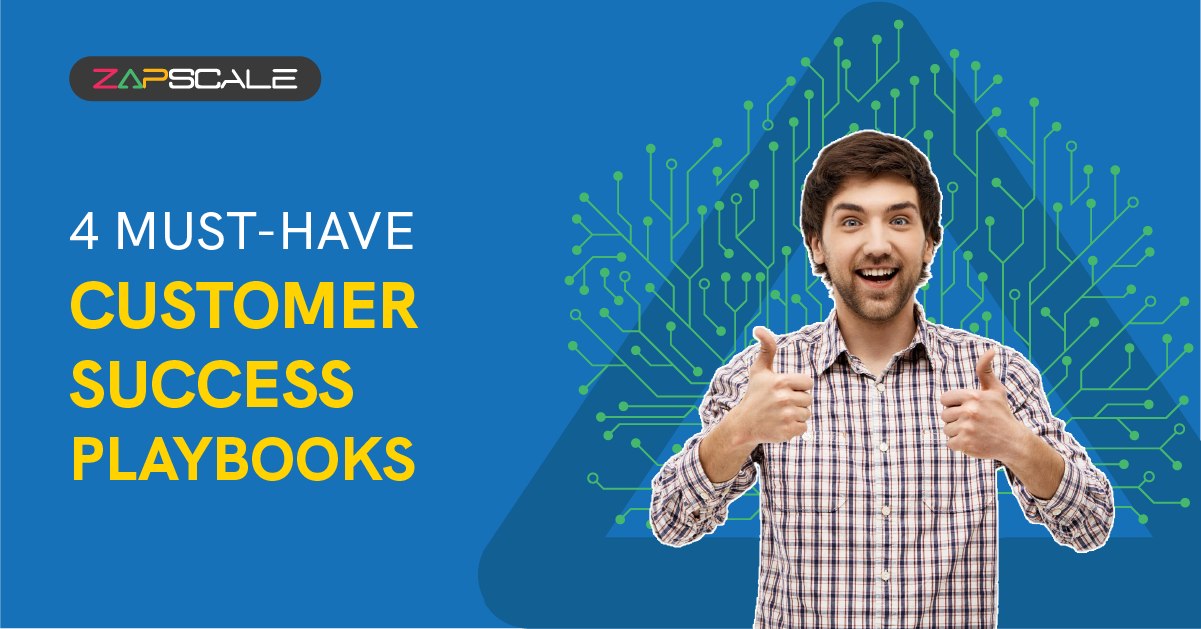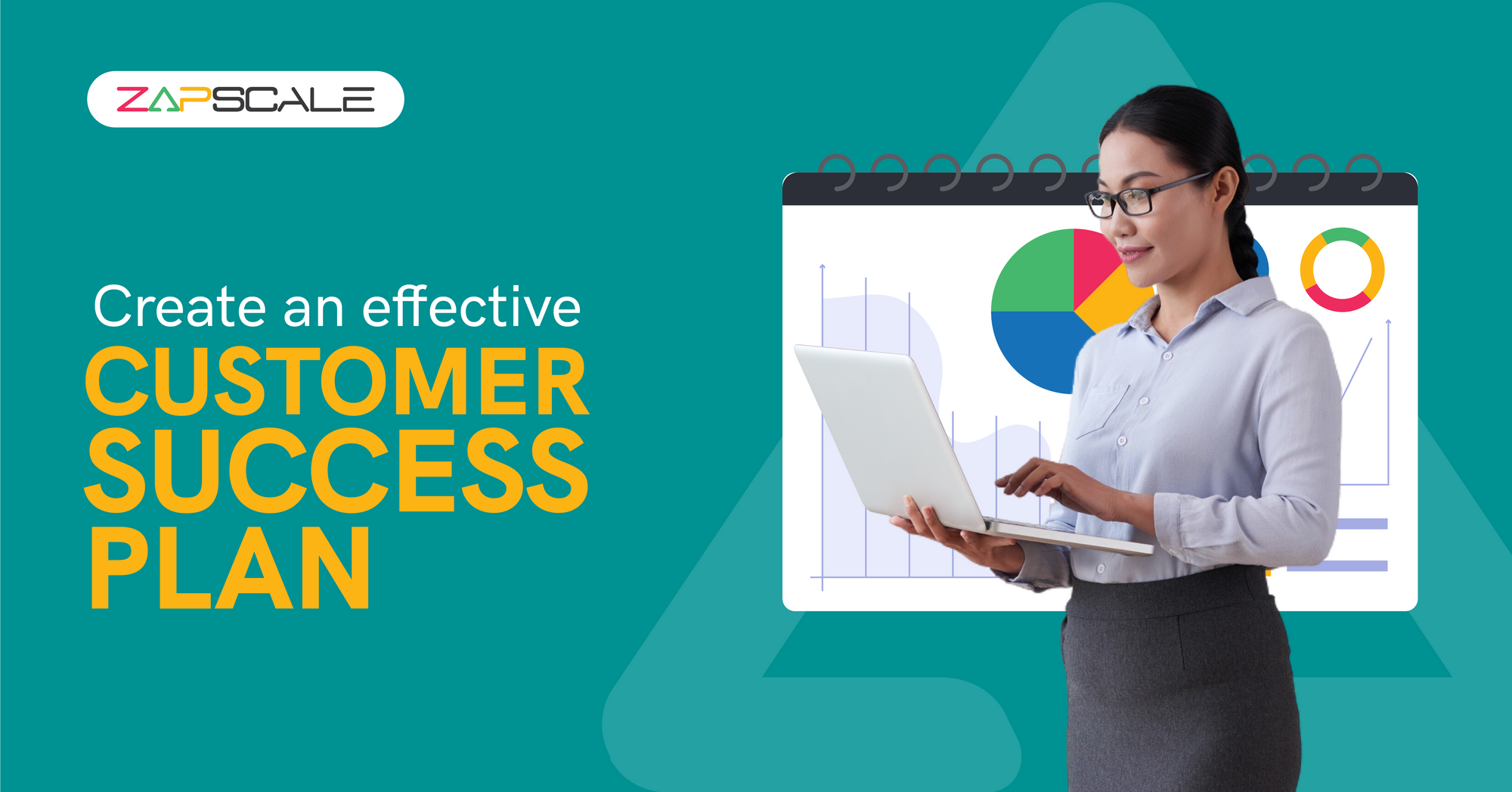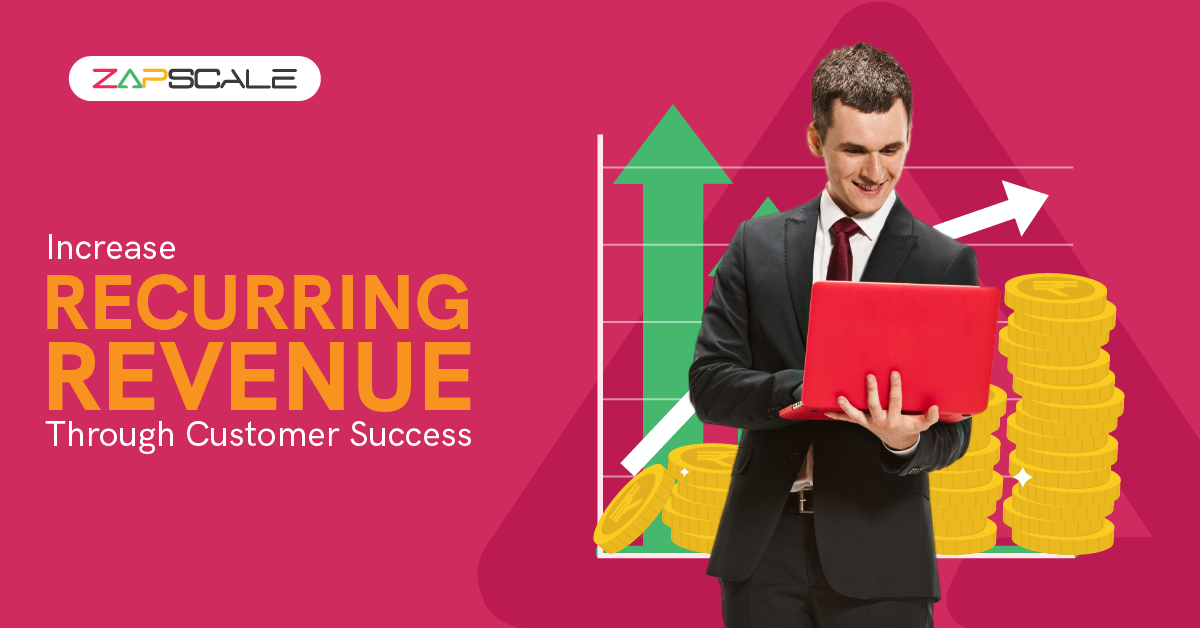CATEGORY > Customer Success Strategy
5 Unique Challenges of a SaaS Start-up

My journey of understanding the deeper nuances of the SaaS world started when I took a break after we sold our last start-up in 2019. I knew all the basics of SaaS but I wanted to go deeper.
What is SaaS?
Just to put the context right, SaaS is a software solution that you provide online as a service to your users / customers and get paid as a subscription. In the practical world, It’s like renting a house rather than buying one.
The fixtures in the house are maintained by the house owner, similarly, the product is hosted and maintained by the SaaS product owner online.
You pay a small amount to use the rented house, similarly, a customer pays a small subscription amount per month to use your SaaS software.
The SaaS revolution brought the power dynamics into the hands of the customer. They have to pay a small amount and if they are unhappy they can easily switch to other more capable products. The entry and exit barriers are low in most SaaS products. This means you not only have to acquire but retain your customers to be successful. Reducing churn is one of the primary requirements.
As a SaaS Start-up founder, my life is filled with challenges every day. These are the five challenges that I feel will create the difference between becoming a unicorn or sweetcorn!
Challenge 1: Product is everything
Your product must solve a key pain point for a defined customer segment
The above is table stakes but beyond that, your product should be integrated with all other motions of your organization. Sales, Marketing, Customer Success, Support, Billing, etc.
The lower ACV software requires higher automation of the above processes but as you go higher in the ACV ladder some amount of people interactions are expected.
But for all the SaaS companies the holy grail is to achieve a complete PLG or product-led growth strategy where all interactions with the customers are simple, automated, and led by your product.
This means you have to create flywheels for all your business processes within your product. Free or freemium access to software replaces sales demos. Automated guided onboarding replaces implementation, credit card-based online billing, and online payment reminders replace finance communication and reminders.
Nudges for upselling within product feature access replace upsell motions. Contextual help, extensive documentation, and automated chat windows replace support channels.
Planning and executing a seamless experience for your users is one of the things that keeps me up at night.
Hubspot, Notion, Slack, Calendly, and many others have done this job beautifully in creating a seamless experience for users.
Challenge 2: Know your customer
This seems to be simple right? “User Persona”, “Buyer persona” and “ICP”. Talk to a few customers, ask a few questions and voila you got it! This is good enough for a college project but in reality, this is a very complicated question and requires much deeper analysis than just a quick survey.
My way of thinking is to first focus on the JTBD structure. What are the “Jobs to be done” that my product solves? This generally follows the following structure.
When…(situation)… I want to ..(motivation)… so I can… (Expected Outcome)
For example, when a customer is not satisfied I want to be notified of the root cause so I can prevent churn.
Once this is identified then the next step is to identify the core users, influencers, decision-makers, buyers, and companies for whom these problems are most important for their personal and professional growth.
Now we are ready to go deeper in defining and understanding more about the demographic, psychographic, personal, social, and financial motivations of these companies and individuals. There needs to be a constant effort in refining your ICP by studying your best customers and power users in the journey.
This is one of the most important and least understood areas of SaaS but one that can make or break your business.
Challenge 3: Retention is the key to survival
If you spend $600 to acquire a customer and say you charge $100 per month then it takes 6 months to just recover the acquisition cost and only if the customer stays longer is when you start making money from that customer.
In a traditional business, a customer would have paid say $5000 upfront to use the product and is unlikely to leave quickly. You would have made money on day 1.
There are of course a lot of other costs to consider like running the business and product development etc. So on a larger scale, a customer must stay longer for you to be able to make profits from each individual customer.
If a customer leaves early you would have made a loss not only in monetary terms but also in terms of time and effort that goes into acquiring the customer.
Churn becomes the key metric here to control and reduce and should not be taken lightly. There are a lot of standard formulas and metrics to be able to track and monitor this.
- CAC – customer acquisition cost. (Say $600)
- LTV – lifetime value of the customer. (Say 1 year in this case, so $1200)
- LTV/ CAC should be at least more than 3 to be able to make money. ($1200/$600 = 2 which means the business is not viable yet.)
These are standard guidelines that have been developed by various luminaries in SaaS for us to understand SaaS finance.
All of this makes retention of a customer or reduction of churn a basic need for business survival and growth.
So the notion that retention or churn is only important for a growing SaaS business is wrong. It should become an important focus on day one. In my opinion, it is as important as acquisition.
Challenge 4: Cash flow is king
The basic premise of SaaS business is that the customer only pays a small subscription amount per month.
This means SaaS company spends all their money upfront for acquisition, product development, etc but makes money only if the customer stays long enough in the business.
Let’s look at just one customer:

The negative cash-flow situation becomes further larger with the acquisition of more customers.
It’s like a vicious circle. You need to show growth so that you can increase your ARR and be eligible for the next round of funding. Each new acquisition deepens the cash-flow trough and increases the chances of you running out of money.
The -ve cash flow is the price you pay to fuel your growth in the SaaS business.
It’s a delicate balance between growth and a negative cash-flow situation. You need to watch your cash flow like a hawk so that you get growth and do not die in the process.
Challenge 5: Time is currency
The activities in a SaaS startup are very important to be timed just right. SaaS valuations apart from other things are highly dependent on the growth rate of the business. This means time is a currency and should be spent with caution.
There is a lot of discussion around understanding the stages of a SaaS startup.

David Skok explained it very well in his blog
If you jump too early from one stage to the other you may end up losing a lot of time and money focusing on the wrong problems. Alternatively, if you start too late you will lose valuable time and hence miss the growth rate metrics required to raise your next round.
This becomes even more important post the PMF stage. Planning and tracking every move of the business becomes the highlight of the founder’s life to keep the business on the right track.
I have just scraped the surface of the above challenges and I am still working on solving these for my business at ZapScale. The challenges may feel daunting but then what is life without a challenge anyway.
Frequently Asked Questions (FAQs)
1. Why is retention so critical for a SaaS business?
Retention ensures profitability as customer acquisition costs are high. It increases customer lifetime value (CLTV), and reduces customer churn, hence it is essential for sustainable growth.
2. How can a SaaS company achieve a product-led growth strategy?
Automate and integrate all the processes within the product, offer fremium access, use automated onboarding, and provide built-in upsell nudges and contextual support.
3. What are the key components of understanding and defining your customer in SaaS?
Focus on the “Jobs to be done”, identify core users and decision-makers, and continuously refine your understanding of their demographic, motivations, and needs.
ABOUT THE AUTHOR
Popular from Customer Success Strategy
Quality Content,
Straight To Your Inbox!
Subscribe for the latest blogs, podcasts, webinars, and events!

Write a Blog
If you have experience in CS and
a flair for writing, we’d love to
feature you.
Write to us on
hello@zapscale.com






